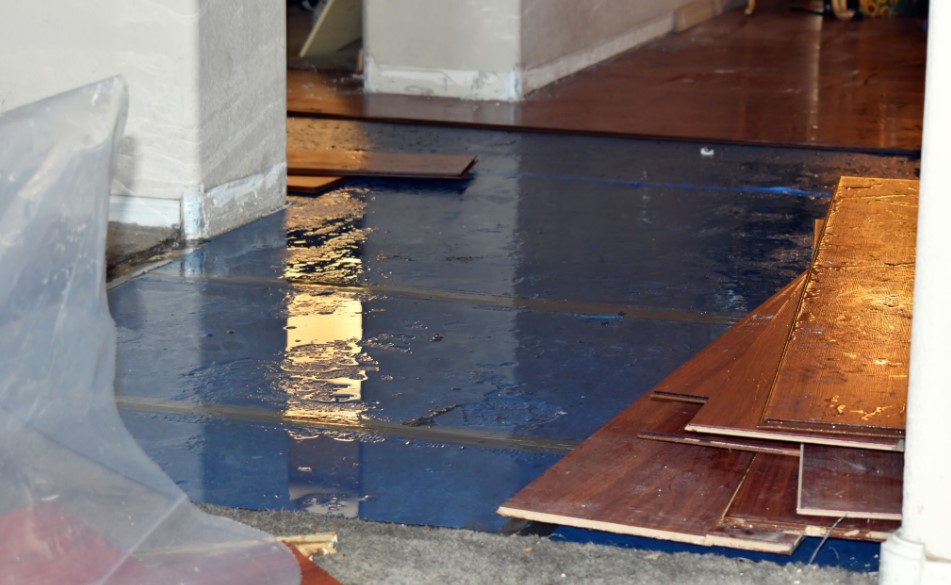
Water mitigation is the process of minimizing property loss caused by water leaks. Water leaks can damage buildings and cause mold to spread. Taking action before the damage occurs will reduce further damage and minimize property loss. Taking preventative measures after water leaks is also essential.
Desiccant dehumidification
One of the most effective ways to mitigate water damage is with desiccant dehumidifiers. These devices utilize chemical attraction rather than condensation to remove moisture. They are also less limited by dew point temperatures. They are portable and work best in a relaxed, dry environment. They can be used in residential and commercial settings and are especially effective in cold climates with low humidity.
The most common use for desiccants is to dry dense materials. They are effective in large loss drying applications and can be manufactured in almost any size and shape. So whether you need to dry a large room or a small office, desiccants can meet your needs.
Desiccants are less expensive than refrigerant-based systems. However, they require heat for regeneration, so they can be challenging for a home with limited power. A portable desiccant can be a better choice when power is an issue.
Freeze drying
Freeze drying is an efficient way to preserve sensitive items and extend their shelf life. It is used for pharmaceuticals, biological materials, and foods. Unlike traditional drying, freeze-drying keeps the biological properties of the products and preserves their integrity, even when they are reconstituted with water.
The freeze-drying process is often monitored for changes in characteristic parameters such as the material temperature, humidity, and water vapor pressure in the freeze-dryer chamber. The kinetics of material mass loss also depends on the process variables. Different methods include comparative pressure measurement (Pirani test), pressure-rise test, product temperature, and shelf surface temperature response.
Freeze-drying involves breaking the vacuum inside a chamber using an inert gas, usually nitrogen. This then allows the sample to be sealed. The result is a material with a residual water content of 1 percent to 4 percent.
Industrial strength fans
There are several options for industrial strength fans for water mitigation. These powerful devices can be installed on an industrial site and are designed to help dry out areas affected by flooding. Industrial strength fans have two major types of blades: axial and centrifugal. Axial fans use blades that run parallel to the airflow, creating a lower static pressure than centrifugal fans. Centrifugal fans use blades perpendicular to the airflow and can be very useful for ducted drying and large water damage restoration projects.
Industrial strength fans are designed to combat extreme conditions and keep workers safe. They’re essential in industrial settings, automotive garages, outdoor events, and other locations where effective air movement is necessary. In warmer weather, misting fans are particularly effective at keeping air moving, while tent pole fans are great for circulating air during festivals and other outdoor events. These portable fans have enclosed motors and are safe for work environments.
Wood floor drying systems
Whether an emergency or a preventative maintenance project, wood floor drying systems are essential to minimize water damage and restore hardwood flooring to its original condition. These systems use specialized drying equipment that can restore water-damaged wood floors without needing expensive removal. They can also help prevent future issues related to water damage, including mold.
There are three main methods for drying wood floors. You can use one or more at the same time. You should monitor the drying process closely to prevent over-drying. Wood floors will still need refinishing after drying. So, use the right equipment for the job.
Before you decide on a particular type of drying system, it is essential to test the moisture content of the subfloor and the wood floor. A moisture reading of more than 15% may trigger mold growth. It would help if you also considered the perm rating of the underlayment paper. If it is low, you may need to remove the form.
